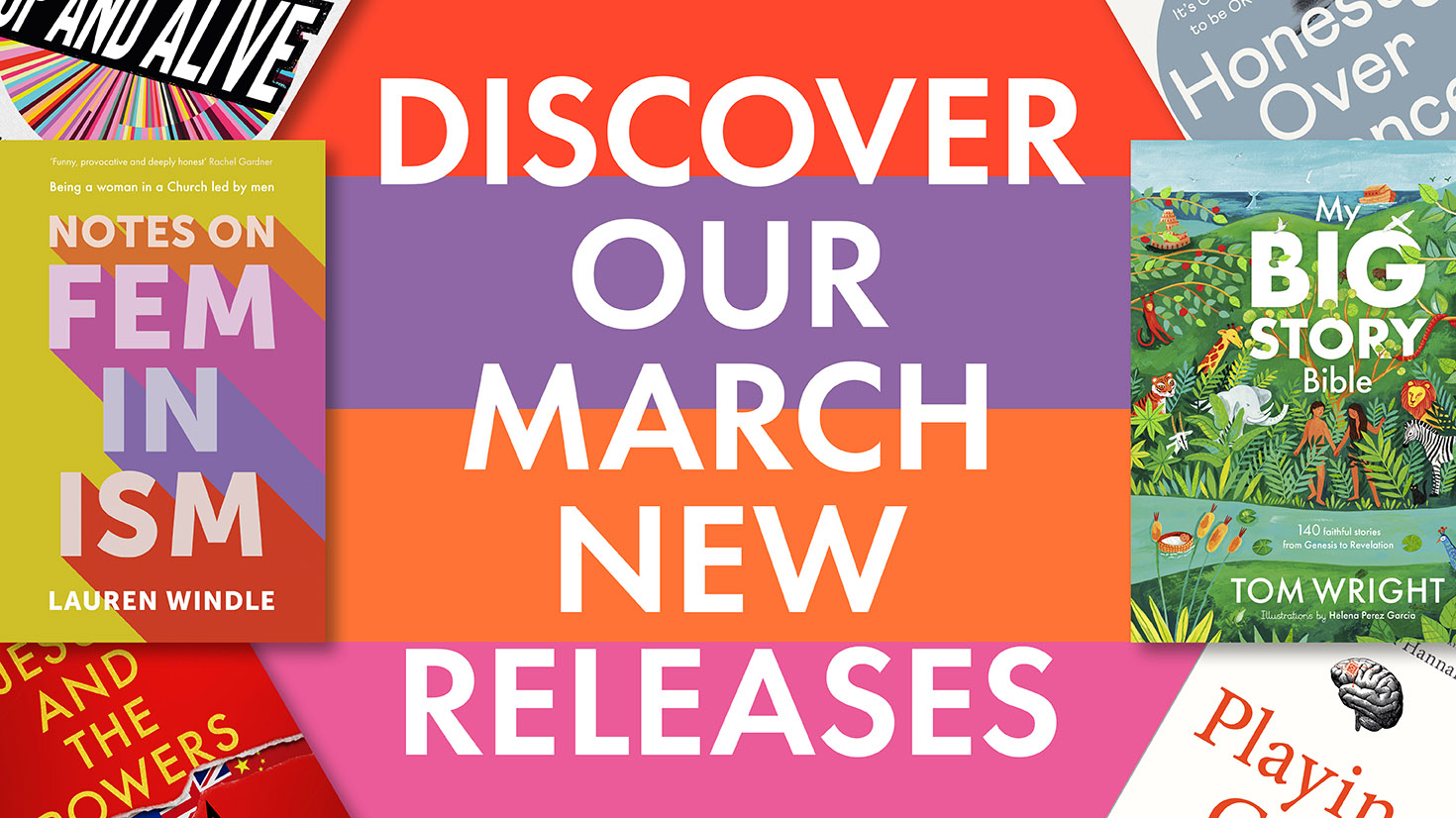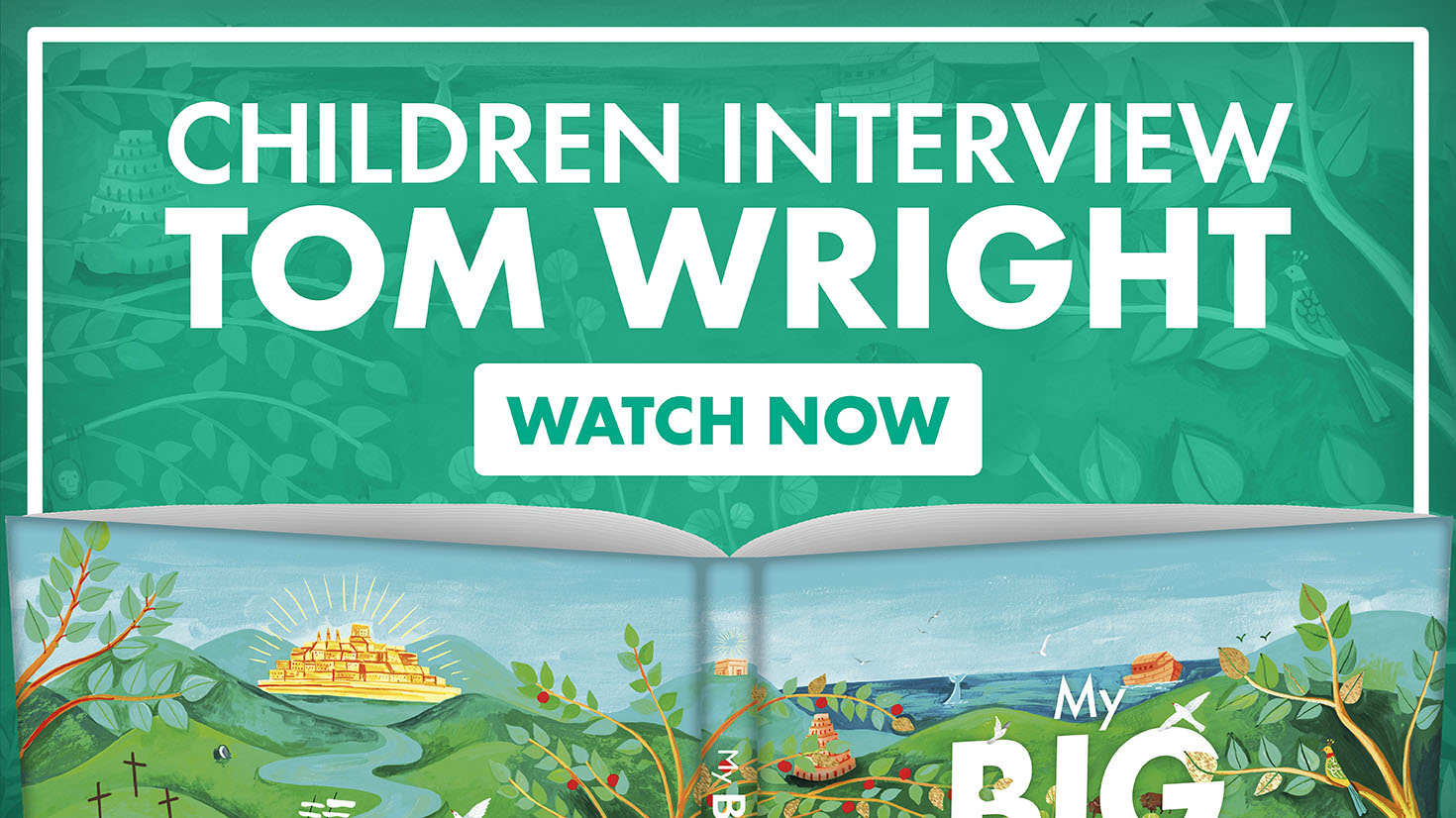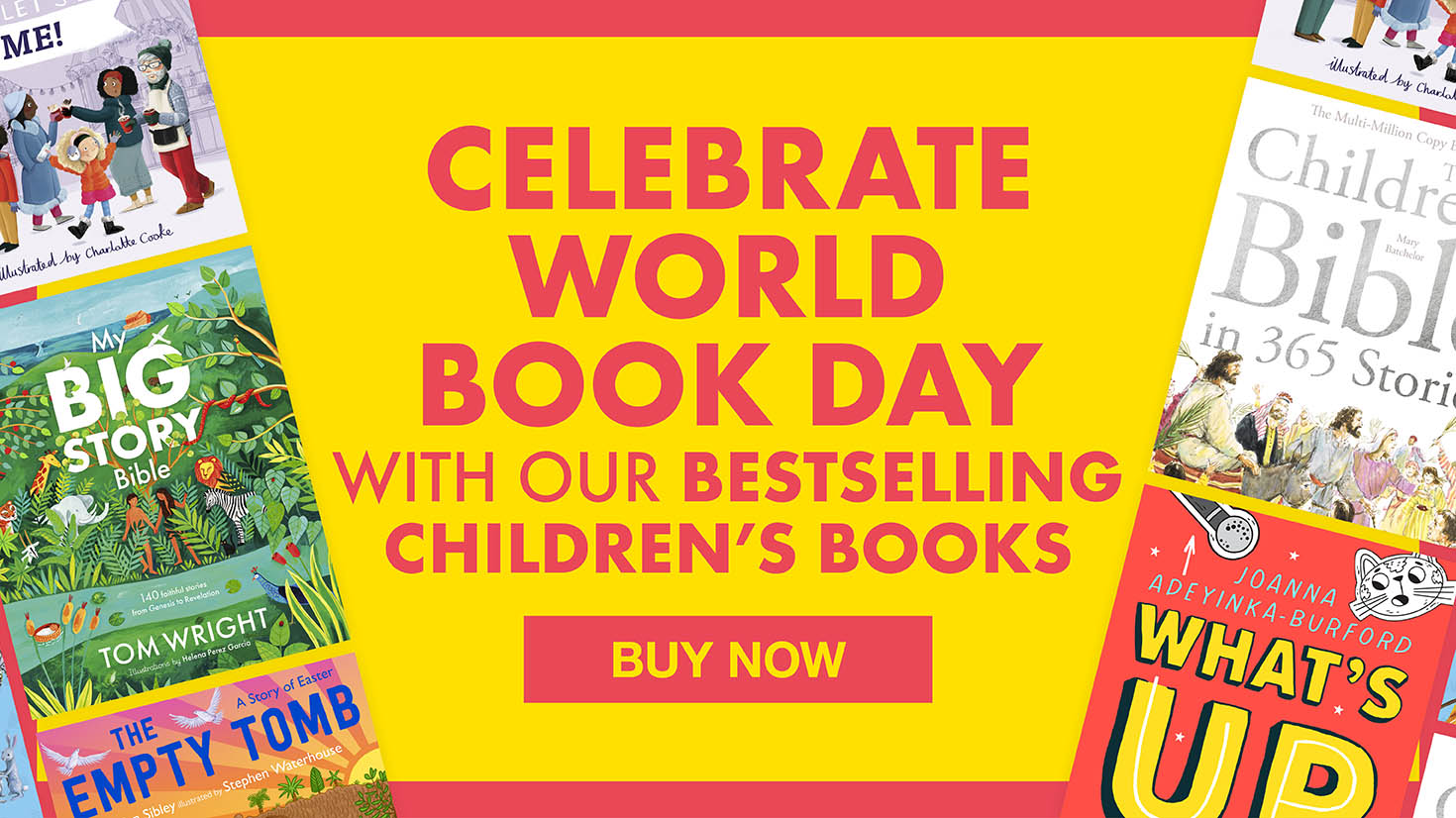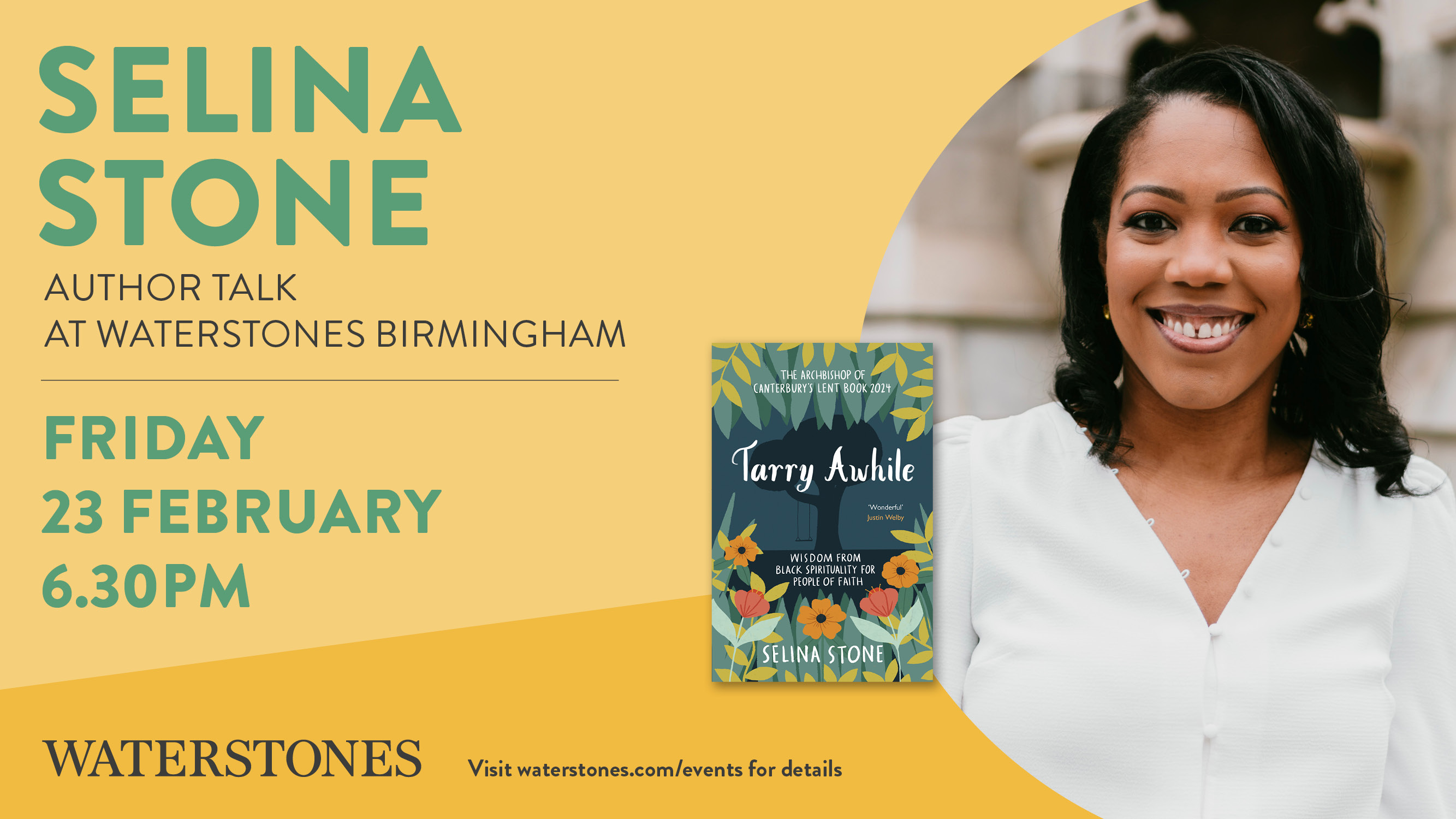We use cookies to make your experience better. To comply with the new e-Privacy directive, we need to ask for your consent to set the cookies. Learn more.
6 Questions for John Bowker
We chatted with John Bowker recently about his new book Religion Hurts, which publishes 18 October.
1. Why was it important to write Religion Hurts?
We live today in a world in which there seems to be as much conflict, war and violence as there ever was in the past. The old weapons, the knives, the bombs and the bullets, are still with us -- and in 2018 the Nobel peace prize was awarded to two people who have resisted the continuing use of rape as a weapon of war. But now the wars are also being fought in new ways with nuclear, chemical, biological and cyber weapons, and they are being fought at a distance with more remote systems of delivery. We are living in a dangerous world.
Religion Hurts was written to answer a question that people often ask: why are religions involved in so many of those violent wars and conflicts?
One easy answer is to say that religions are not involved, it is only the abuse and corruption of religion that leads to acts of violence and harm. But that answer is simply wrong. All religions allow or even command action against others in some circumstances. They then differ greatly when they say what those circumstances are, just as they are equally different in saying what actions should or may be taken. But they all, in different ways, authorise actions against others in some circumstances.
There are then many instances in which we can see that some people have gone much further than their religion allows or prescribes in ways that can truly be described as a corruption or abuse of the religion in question. There are thus major and divisive debates in all religions about where the line is to be drawn between faith and error, between what is forbidden and what is allowed. To take an example explored further in the book, there is a fierce debate among Muslims themselves about what is permissible or forbidden in responding to attacks on fellow-Muslims. There are comparable debates in other religions, as the book makes clear.
If we are to understand what part religion plays in any of these conflicts, we have to understand two facts that seem to contradict each other. The first fact is that all religions, even those with the strongest commitment to love, peace and non-violence, allow and sometimes command actions against others including killing. The second fact is that the greater command in all religions is to seek peace and reconciliation where there is hatred and conflict.
Those two contrasts create what I have called 'the paradox of religion': religions are such bad news (when they are) only because they are such good news. Religions have been involved in much that we might regard as horrific and brutal, and yet religions have brought into being much that we value immensely in ethics, in arts and sciences, in family life, in social organisation. They are the context in which we and our ancestors have explored the two worlds in which we live, the inner world of the spirit and the outer world of the universe -- and that is why the natural sciences have their roots and origins in religion. Religions have been so important in human life and history that when they are challenged or come under attack there will always be those who defend them.
And that is the paradox of religion. Religious people have done many things that are cruel, evil and horrific, but they have done much also of immense beauty, goodness and value. If religions were not so valuable to human beings, if they had not done so much good, they would have gone to extinction long ago as outdated belief systems. We are often told that the human race has outgrown religions and that they belong to our distant childhood. But that assumption is wrong. We will never outgrow religions because they are deeply embedded in the human brain and body. No doubt they will take different forms but they will continue. Nor will religions go to extinction while they matter so much to so many people. It is still the case that the majority of people alive belong to a religion, however much or little they do about it. Religions have not gone to extinction because they matter so much. There will always be people who, when their religions comes under threat, will try to defend them.
2. How does Religion Hurts build on your previous books?
It’s a continuation of a lifetime’s work. It began more than sixty years ago, nearly seventy years ago. I was doing National Service in the army in West Africa. I was on duty to deal with a riot in a marketplace. While I looked on, I saw people from two different religious communities with hatred on their faces quarrelling for some reason over a donkey. While I watched, they pulled the donkey apart limb from limb. Standing there, I knew that I wanted to understand why religious people hate each other -- and why also they could inflict such cruelty on animals. I think I do understand now, but it has taken me a working lifetime to do so. Now I am trying to share that understanding with others, particularly with those who make political and economic decisions.
In reaching that understanding, I have had to listen carefully to what people in many different disciplines have had to say about religions, as also to the answers they give to fundamental questions: what are religions? Why are there so many different religions? What light do the sciences (especially genetics, evolutionary theory, and the neurosciences) throw on religious beliefs and behaviours? What can we learn about religions from history, anthropology and sociology? All this has been appearing in a succession of books that I have written or edited (now more than 40). In them I have certainly tried to learn from my mistakes when they are pointed out, but also I have been trying to draw together both the sciences and the religions into a new account of human nature and its possibility.
3. How does Religion Hurts challenge assumptions?
The book shows how religions and natural sciences are different (but interconnected) ways of exploring the nature of the world around us and the nature of the world within us. Religions and sciences are explorations, but they lead, obviously, into different outcomes. There may be conflict between them (and this book illustrates how and why that happens), but there are far more constructive and exciting ways in which they are related, and this book illustrates what that can mean.
At the same time, the book does challenge some basic assumptions (inherited from the 20th century) that we now almost take for granted.
• The selfish gene. This book points out how disastrously wrong the metaphor of the selfish gene is. It explains why, in terms of more recent work in evolutionary theory and genetics, we ought not to be talking of the selfish gene but of the selfless gene. Equally, we should be much more careful about the words we use: we say 'natural selection' when Darwin advised us to use the word 'preservation'. And what about 'survival of the fittest'? We all too often assume that the words 'fittest' and 'fitness' have something to do with strength and physical training; whereas the fittest that survive in evolution may be the small and physically weak which have nevertheless found a secure niche.
• Reductionism. It was widely assumed that reducing things to their simplest explanation is the correct way to proceed in pursuit of truth. That will not bring us to the whole truth about the behaviour of complicated realities, and social organisations and individual behaviours are certainly that.
• Causes and constraints. Related to the pursuit of reductionism was an assumption that we should be seeking the cause of whatever it is that we are examining. But in contrast we need to be aware of the multiplicity of constraints which control eventualities into the outcome -- into their being what they are. We have to move from the pursuit of single causes to understanding how there are many constraints at work together in the forming of human behaviours -- as indeed of virtually everything else.
• Reason and emotion. For many centuries (an author quoted in this book calls it 'the 2000 year error') it has been assumed that there are two separated systems in the brain leading to rational and emotional outcomes. The book explains why that is clearly a misleading assumption.
At the same time Religion Hurts challenges assumptions in the history and understanding of religions. For example, there is a widespread assumption that the obvious differences in religious beliefs are variations in detail: in essence, it is claimed, there is a common truth and value at the heart of all religions, and on that basis religions can and should live in harmony. But is that assumption correct?
4. What would you like readers to take from Religion Hurts?
Hope. There are good grounds for hope, though the immediate future looks full of violence and danger and disease and suffering. There are huge challenges ahead of us, but from the resources of religion, there are really good grounds for hope. We must use religion to find each other as companions on the road to a better world.
5. Tell us about the research that went into Religion Hurts.
I have tried to understand what religions are – how they are organized, what they believe and practice. And that, as I pointed out earlier, has involved listening to people working in many other disciplines. I still try to do this. In this book, for example, I have taken from neuroscience the exciting work being done on predictive processing, and I have applied it to the understanding of what religions are -- in a way that I find illuminating. In particular, the research has involved learning languages. There is no way any individual can learn all the languages because there are many thousands of them. Some languages, yes, and it is important to understand the languages of any tradition that you wish to study in detail. But short of that, those trying to understand religions can aim at what I call 'a translation knowledge' of languages. It is possible to learn to read the different scripts of at least some of the main languages in the religious traditions and communities. You can then check any available translations, and you can look a word up in a dictionary and see how it’s used.
The point of this research and the purpose therefore of this book is to understand what religions are, why there are so many different religions, and why people belong to them. How do we do this? The first step is to describe religions as accurately as possible leaving aside questions of evaluation and truth, and that is what is known as 'phenomenology'. That work of dispassionate description has been undertaken extensively for more than a century, not least by anthropologists and sociologists. Phenomenology is thus an attempt to describe religions accurately without evaluating them. It means setting on one side questions of whether they are wise or good or true. We need to know as accurately as possible what they are.
The way in which religions are now usually studied and taught is based on phenomenology of that kind. But it is only the first level of phenomenology. There is then a second level of phenomenology which is all too often ignored. On the basis of description, we need always to keep asking the question, ‘What is it that brought these beliefs and practices and societies into being?' In the study of religions, we are often dealing with pre-scientific language, the language of goddesses, witches, and ghosts. It’s easy to say, ‘Well – we don’t believe in that sort of stuff any more!’ We still have to ask the question, ‘What was it in their experience that first made them believe in these things?' The language and the pictures they used may not be the language or the pictures that you or I would use, but there is a continuity from the past into the present, and we still need to understand what brought those beliefs into being. It is at that second level of phenomenology that we are brought to profound and challenging issues of truth.
6. What advice would you give someone who would like to write a book?
Always put, on the opposite side of your desk, a photograph of the person for whom you are writing the book. When I wrote a children’s book, Uncle Bolpenny Tries Things Out, I had on the other side of my desk a photograph of our son so that I was writing for him. When I wrote Before the Ending of the Day, a book of poetry and translations from Chinese, Hebrew, and Sanskrit, I had on the other side of the desk a photograph of my wife. I was writing the poems for her. Have a photograph of the person you’re writing the book for – it focuses the mind and the style in which you’re writing.











